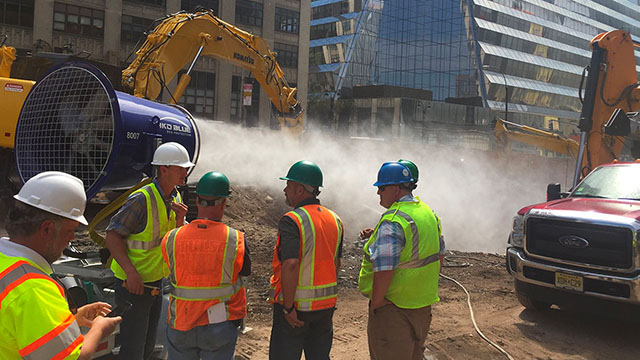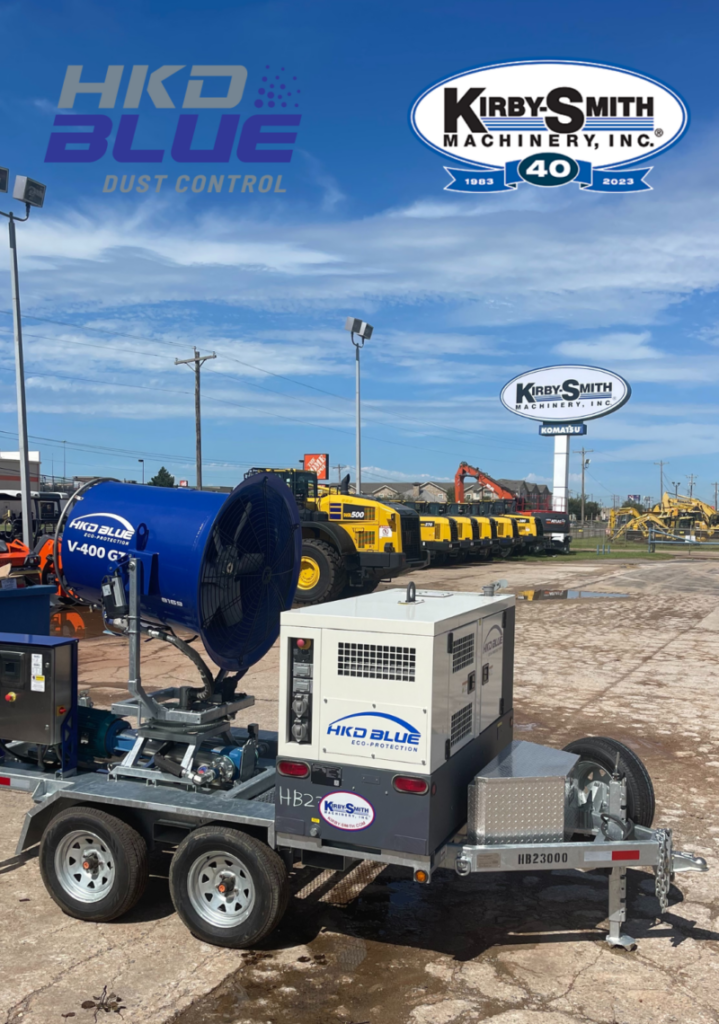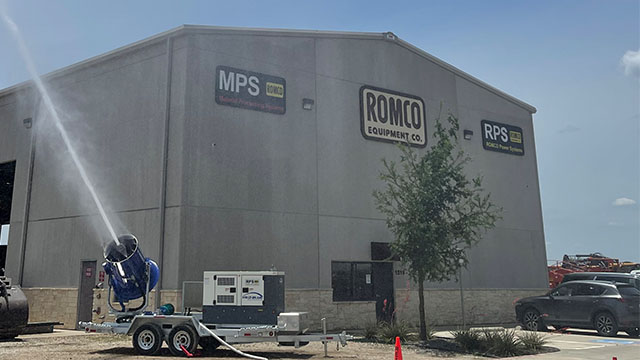Federal safety regulators have stepped up enforcement of OSHA’s crystalline silica regulations at construction sites across the country, according to a recent analysis by Bloomberg BNA.
New silica compliance standards issued by The Occupational Safety and Health Administration (OSHA) went into effect Sept. 2017, lowering the allowable exposure level to silica on construction sites by 80 percent.
According to the Bloomberg evaluation, OSHA issued 116 silica violations in the first six months of the new code enforcement.
The highest single fine amounted to $9,239 – about $3,000 shy of the maximum allowable fine of $12,934 – and experts expect citations to increase in 2018 due to a six-month grace period allowed for OSHA citations to be issued.
The updated OSHA rule concerning silica control (29 C.F.R. 1926.1153) requires construction companies to monitor silica dust levels at work sites, and take action when limits are exceeded.
Experts say many contractors wrongly believe respirators are the first measure to take against silica exposure, but the new standards stipulate that they first assess construction methods and tools that will minimize the amount of silica that becomes airborne.
OSHA compliance often requires the production of a silica Exposure Control Plan (ECP) by contractors prior to starting a job that utilizes heavy equipment to fracture or abrade materials that contain silica.
Contact our team today and we will send you a customized compliance strategy to help you get started on your ECP.
Not sure if you need one of our machines?
Check out our dust control products page or tell us about your site and receive a Free Dust Control Compliance Strategy.



